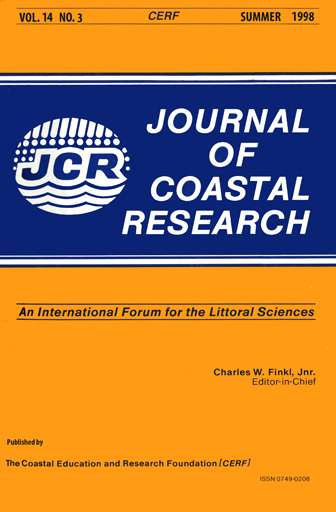Astronomical Forcing in Cosmogenic Be-10 Variation from East Antarctica Coast?
Keywords:
Beryllium-10, palaeoclimates, oxygen-18, Milankovich, periodicitiesAbstract
Cosmogenic 10Be concentrations in Antarctic ice (Vostok site), during the past 150 ka (1 ka = 1000 years) have been spectrally analyzed. The current interest in beryllium refers on its use as a dating tool in lake, offshore/marine, and ice-core environments, and for palaeoclimate variation and reconstruction. The methods of fast fourier transform maximum entropy, and power spectrum employing the Blackman-Tukey window, as well as significance tests (x2, Kolmogorov-Smirnov, analysis per subset, randomness test etc.) were applied.
Significant and strongly stationary periodicities centered around 100 ka (large uncertainty, near the record length), 40 ka, 25 ka, 19 ka, 12 ka and 5 ka were found, superimposed upon each other forming a network of periodic cycles. Similar periodicities were previously reported for ᵹ18O variation from V28-239 pacific ocean deep-sea core and other direct or proxy palaeoclimatic data. They are recognized with the well known astronomical frequencies; the long-term variations in the geometry of the earth's orbit and rotation as the fundamental causes of Pleistocene ice-ages of the past 3 Ma. This astronomical forcing (referred to as the Milankovich theory) is for first time observed in 10Be variation, and interesting observations can be made regarding the contiguity between 10Be production-deposition rates, palaeoclimate, solar activity, earth's orbit and rotation, sea-level changes and geomagnetic field.


